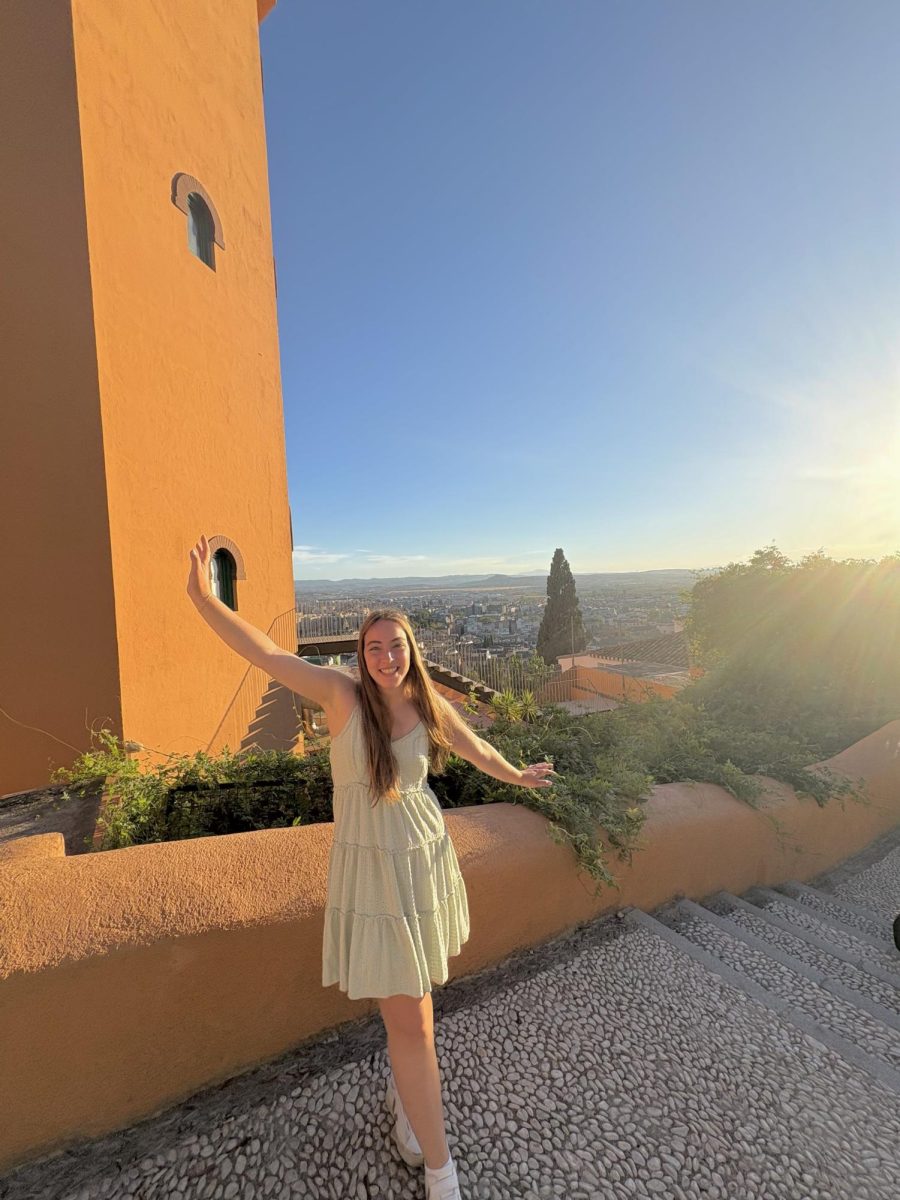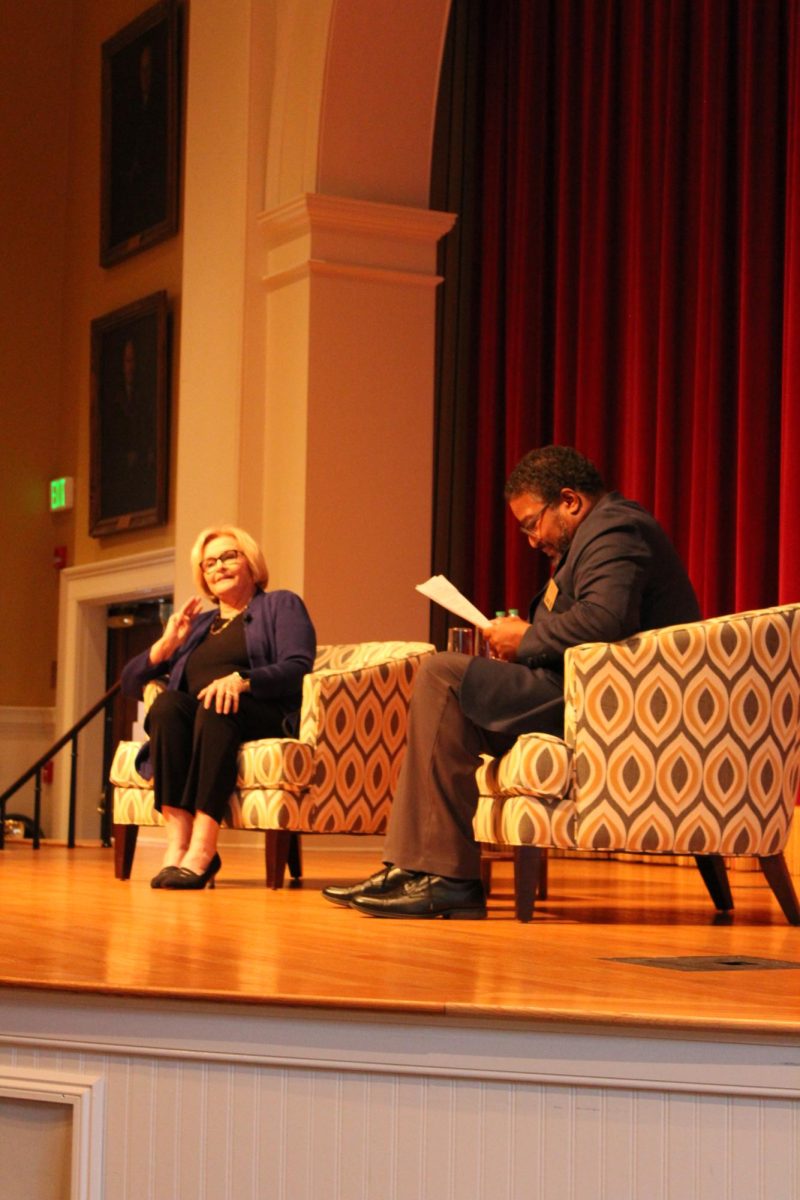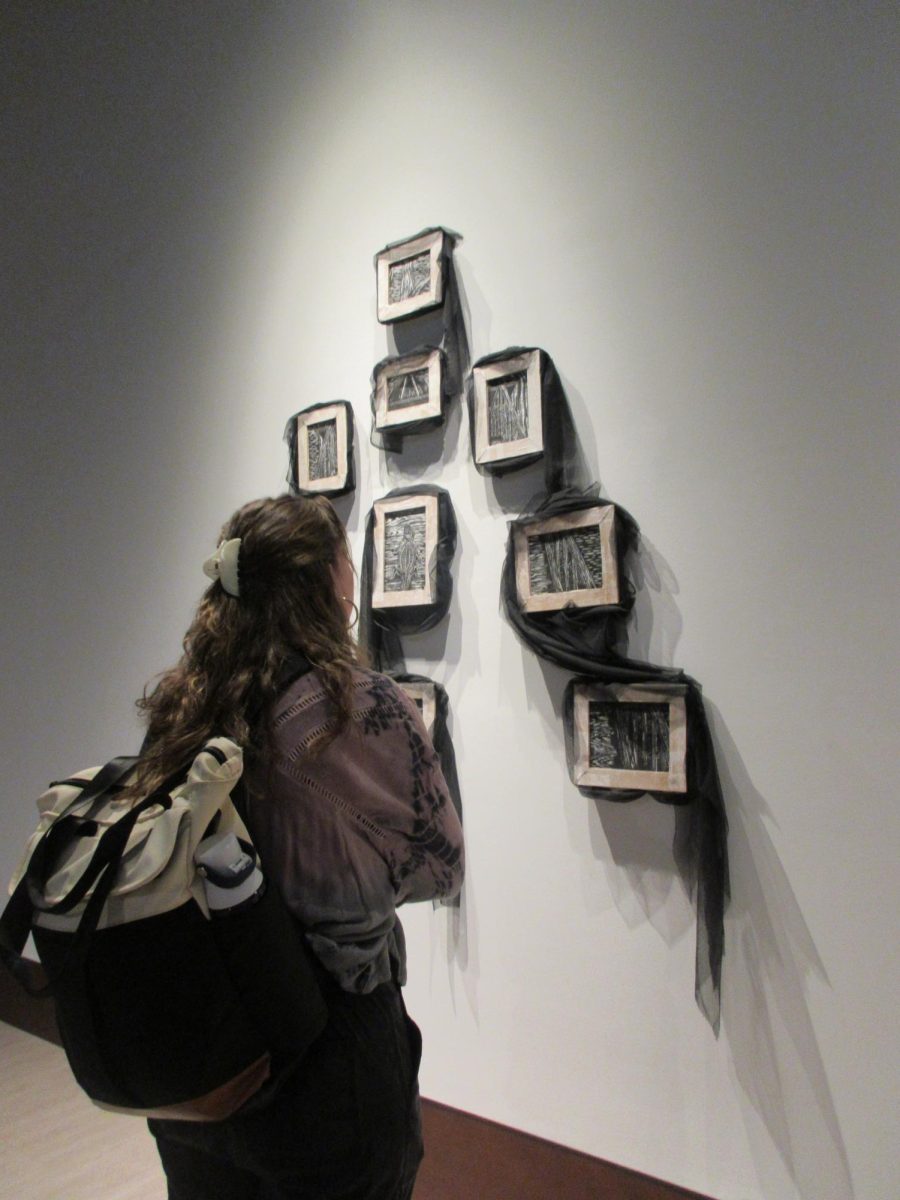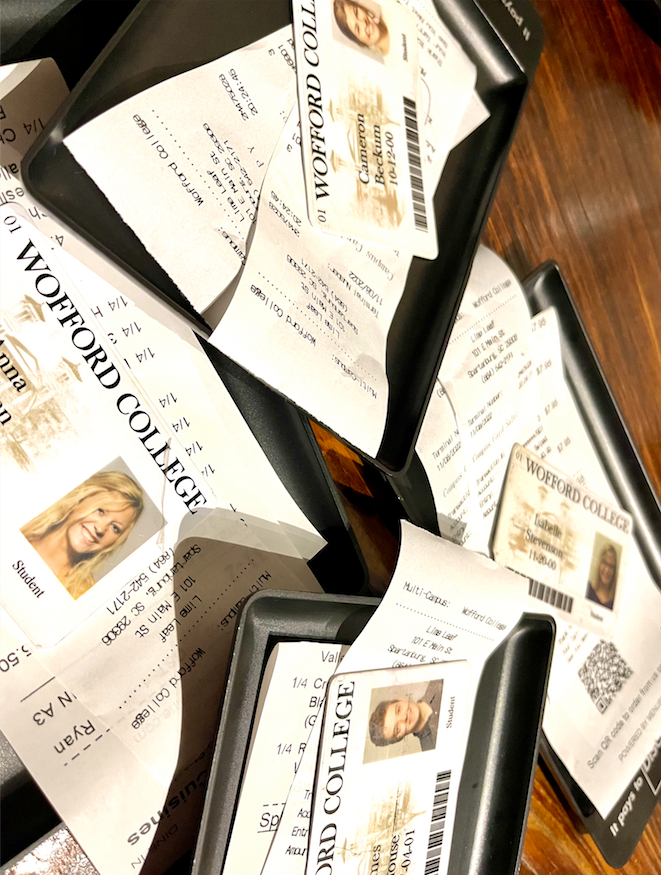VOICES FROM 1955 TO NOW ON WOFFORD’S TRANSITION INTO CO-EDUCATION—
Dean Roberta Bigger has been connected to Wofford for almost 40 years, and as an alumna of Wofford herself, Bigger has seen Wofford through a particular transition that has dramatically shaped the history of the college: its transition from an all-male to a co-educational institution. Bigger was one of the first women to attend Wofford as a residential student, and she describes walking into Burwell with her roommate on their first night on campus, fall of 1976: “It was very evident that the 60 women living on the campus were greatly outnumbered by the men living on campus.”
This small cohort of women did not include Wofford’s first female students, however; Wofford had allowed female commuting students to take classes beginning as early as 1897. “Eight women graduated between 1901 and 1904… [and] Wofford had a special program in which nursing students took Wofford classes in the 1950s and 60s.”
According to Stone, Wofford’s charter never specified that the college be an all-male institution, though the passing of Title IX forced the college to make a definitive decision on the issue of co-education. The board of trustees conducted research on several similar institutions that had recently become co-ed, and made the decision to provide the facilities for a “pilot” cohort of residential women.
The attitude on campus was mixed, but generally receptive, says Bigger. “Women were elected to Campus Union, formed club teams like volleyball, were hired as RAs, were elected to the Judicial Commission and hired as lab assistants. I found the faculty, both male and female, were supportive and encouraging.”
There was, however, some pushback against the female students: “Although we did not have social media apps like students do now, the upperclassmen who did not appreciate [a co-ed Wofford] found ways to express their feelings. One morning we woke up to find an insulting banner hung on Main Building”, says Bigger.
Titles in Old Gold & Black articles and editorials included phrases like “Facilities For Women To Be Provided This Fall: Wofford Really Going Co-educational,” in 1976 and “What Would Ben [Wofford] Think?: Girls As Dates – Not Classmates” in 1955. One editorial opposing co-education ended with “We are satisfied with Wofford as she now stands.”
Others wrote in favor of their new classmates, with titles like “Plea for Co-education” (1971), and “Homosexual speaks out [in favor of] the co-educational issue” (1973). Bigger notes that students were largely in favor of co-education – at least until the decision was actually made.
Bigger is not the only Wofford faculty or staff member to have attended Wofford as one of its first female students. Shelley Sperka, director of technical services in the Sandor Teszler Library, was one of four commuter students to attend in 1971. Dr. Carol Wilson enrolled as a residential student in 1977, and Dean Beth Wallace was also an early Wofford woman, as was Kim Henry, who now works in the Department of Modern Languages, Literatures and Cultures.
Henry, like Bigger, was in the first class of women to live on campus in 1976 and faced mixed treatment by the Wofford community. “Often there was hostility displayed by upperclassmen. Some professors were even rude and mean to my peers. I… was somewhat insulated from this treatment. Some of the freshmen displayed this behavior, too, but the majority did not as most had had classes with women all their lives.”
Henry has seen a great change in the dynamic of the college since she first came: “From 30 women to over half the student body – that’s a massive change… There aren’t many left from the adminis- tration that was here when it was all male. It’s definitely a different school. It doesn’t really feel like the school I attended.”
“I did not plan to spend almost 40 years here,” says Bigger. “Now that I have, I recognize that I have been privileged to be part of a special college community. Over the last four decades, Wofford has purposefully moved from being a predominately white, male college… to becoming recognized as a preeminent national liberal arts college.
“I have worked with three presidents who have led Wofford through major developments that strengthen our programs and services, expanded the physical campus, enhanced the beauty of the campus and increased the quality and diversity of our faculty, staff and student body. I find the students with whom I have worked to be bright and engaging.”
“Wofford has come a long way,” she says.
— Sarah Madden


























